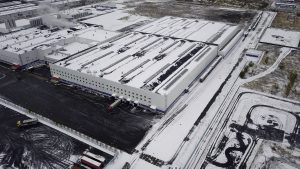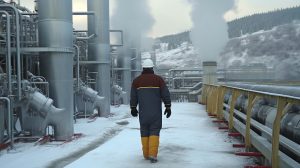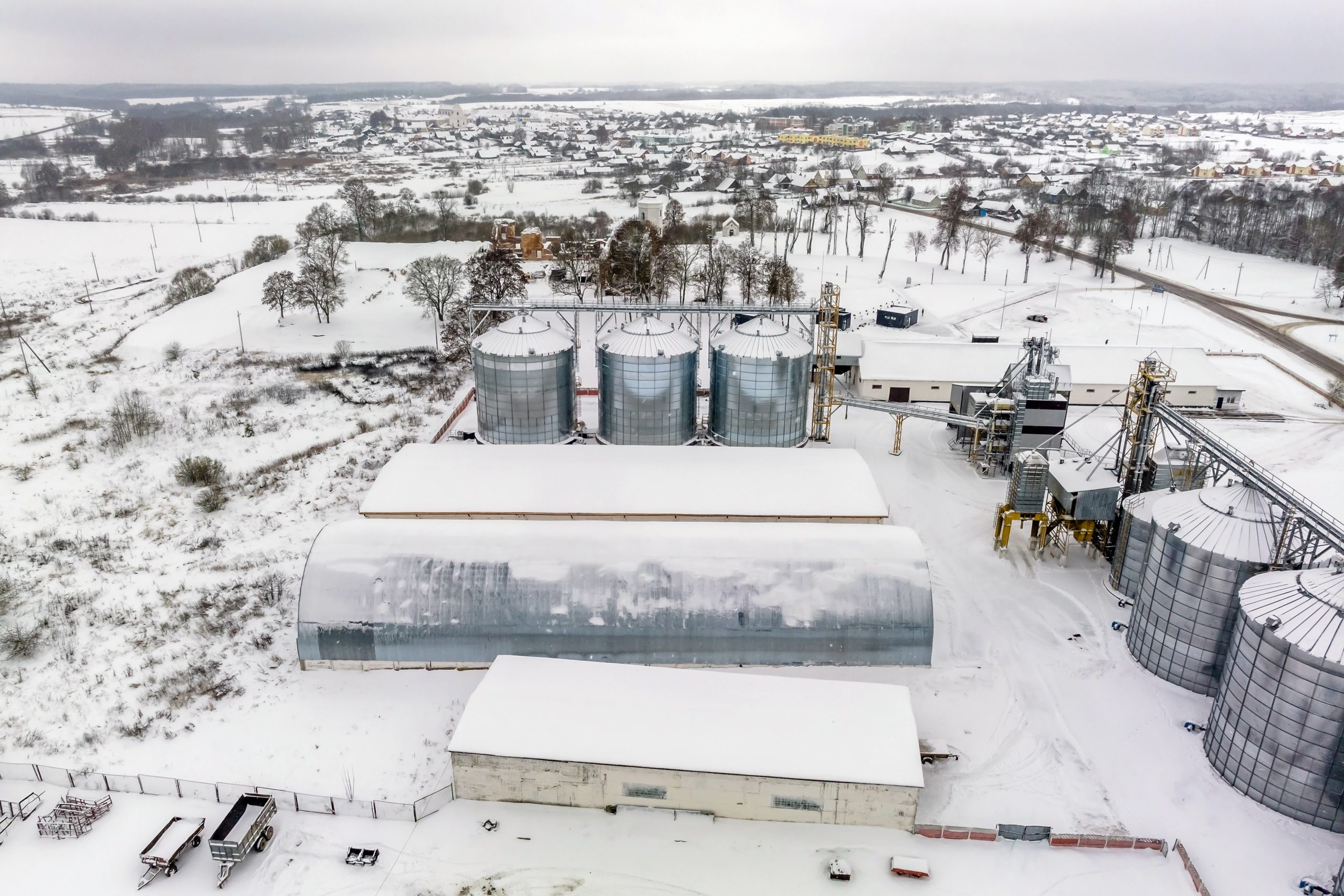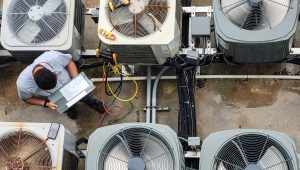As winter arrives, facility owners face a distinct set of challenges presented by the weather. The dropping temperatures, icy conditions, and freezing winds pose threats to structures, potentially causing disasters that could entail expensive repairs. Yet, by adopting a proactive and preventative strategy, you can protect your investment and guarantee a winter season free of troubles.
1. Prioritize HVAC System Maintenance:
Your heating and cooling system works hard all year round, especially during winter. To avoid breakdowns and maintain optimal air quality, schedule a comprehensive inspection before the cold weather sets in. Key tasks include changing air filters, repairing broken components, covering outdoor air-conditioning units not in use, and ensuring the ventilation system effectively expels exhaust gases.
2. Inspect and Upgrade Insulation:
Efficient insulation is a critical line of defense against heat loss during winter. Thoroughly inspect your building’s insulation, paying special attention to vulnerable areas like roofs, weather stripping, and unheated spaces such as attics. A poorly insulated attic, for instance, can lead to a significant 25% heat loss.
Evaluate the quality of your insulation and explore modern technologies, such as blanket-style insulation, rigid insulation, and foam insulation. Upgrading insulation not only enhances energy efficiency but also contributes to substantial savings on heating and cooling costs.
3. Protect Against Frozen Pipes:
Frozen pipes are a common winter woe that can result in costly water damage. Prevention is key, and regular checks of freeze-protection devices and alarms are crucial. Test freeze stats and valves, insulate pipes in exposed areas, and seal cracks to thwart potential freezing.
4. Roof Inspection for Winter Readiness:
The roof is a commercial building’s first line of defense against the elements. Inspect it for any signs of damage, including holes, loose shingles, and compromised seals or flashing. Addressing these issues before the snowfall can prevent leaks and structural damage during the thaw. Regular roof maintenance ensures that your building is ready to withstand the challenges of another winter, protecting against potential leaks and costly repairs.

5. Establish a Comprehensive Disaster Plan:
While prevention is paramount, having a well-thought-out disaster plan is equally crucial. Develop protocols for various emergencies, including fires, floods, and gas leaks. Regularly update all employees and tenants on these protocols and ensure everyone has access to escape plans.
6. Seal Windows and Doors:
Drafty windows and doors can significantly contribute to heat loss during the winter months. Ensure that all windows and doors are properly sealed to prevent cold air from infiltrating your commercial building. Consider installing weatherstripping or using caulking to seal any gaps or cracks. This simple yet effective step not only enhances insulation but also contributes to energy efficiency, ultimately reducing heating costs.
7. Landscape Preparation:
The exterior of your commercial building plays a crucial role in winter preparedness. Trim any overhanging branches that could pose a risk during heavy snow or ice storms. Clear gutters of debris to prevent ice dams, which can lead to roof damage and leaks. Additionally, consider applying a protective layer of mulch around the building’s foundation to provide an extra barrier against the cold.
8. Emergency Heating Source:
In the event of a heating system failure during the peak of winter, having an emergency heating source can be a game-changer. Consider investing in portable heaters or establishing a contract with a temporary heating service. This precautionary measure ensures that even if your primary heating system encounters issues, you can maintain a comfortable temperature in your building while repairs are underway.
9. Employee Training:
Educate your employees on winter safety protocols and procedures. Ensure they know how to navigate slippery surfaces, where emergency exits are located, and how to use fire extinguishers. Conduct regular drills to reinforce these practices, creating a safer environment for everyone in the building. Empowering your staff with knowledge not only enhances their safety but also contributes to the overall resilience of your business during the winter season.

10. Monitor Utility Bills:
Keep a close eye on utility bills throughout the winter months. Unexplained spikes in heating costs may indicate issues with your building’s insulation, heating system, or windows. Monitoring utility usage allows you to identify potential problems early on, enabling timely intervention and cost-effective solutions.
At Gottstein, we have our own specialized Building and Grounds Services team to partner with you in overcoming the challenges of winter. Explore our services page to find out more and see how we can customize our expertise to address the unique requirements of your property.


